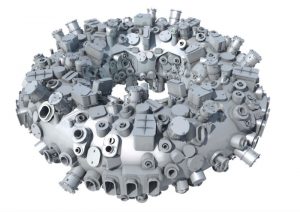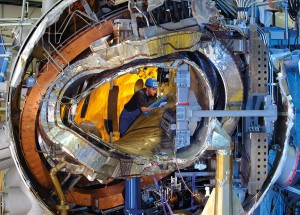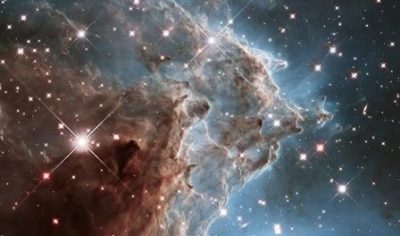
Using an advanced plasma global code called XGCa, researchers at the Princeton Plasma Physics Laboratory (PPPL) have confronted the conventional view of the so-called bootstrap current with results clarifying the origin of the current at the tokamak edge.





